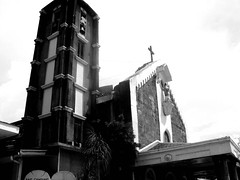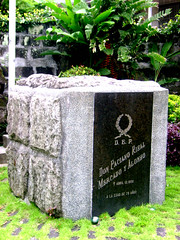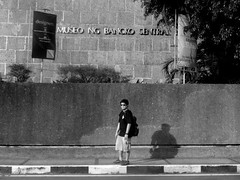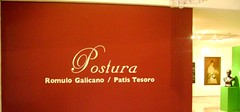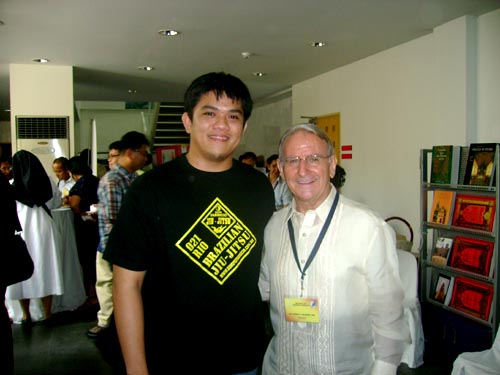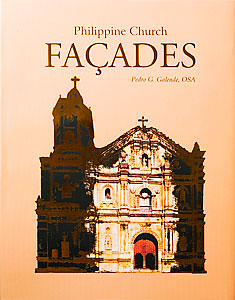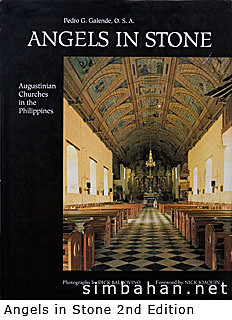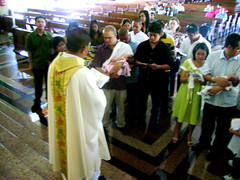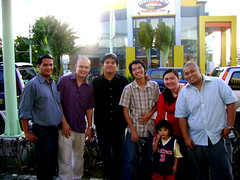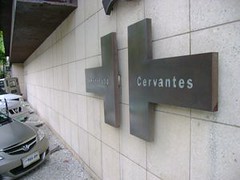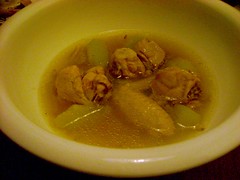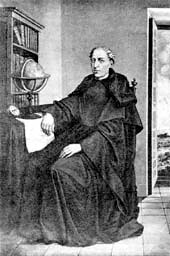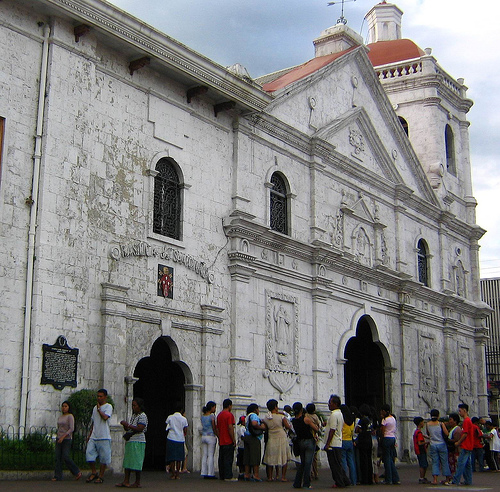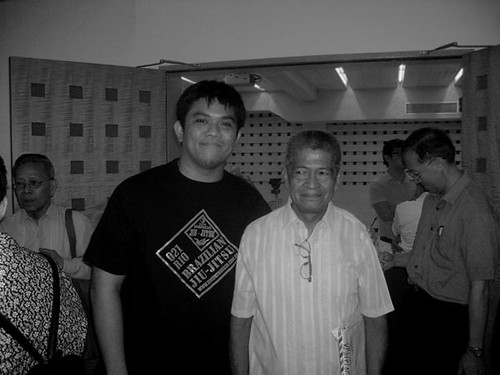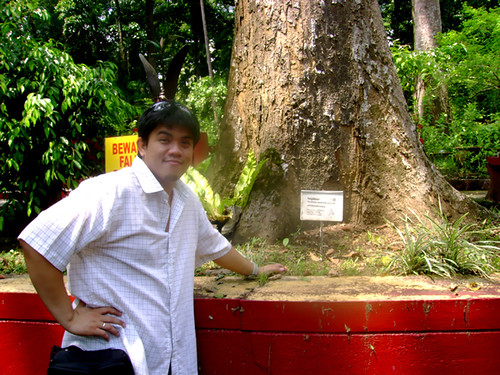I love what the descendants did to their Lolo Pacing's home, they turned it into a memorial site. I heard that the preservation and the creation of a monument all came from contributions of family members.
The house shares the personality and character of the owner. It is almost secluded, it sits silent, though located next to the town municipio - it's hardly noticeable. it only occupies a small area, it is clean and well kept.
it does not have the imposing features of the usual house of a prominent and famous. It does not possess any grand designs like that of the Agunaldo shrine. It was very simple. Even with his status, he was a very modest man.
At the back of his house, which was converted by the town government into a childrens playground - one could see Calamba by the lake .
I can imagine Paciano walking around in this place as an old man, enjoying the lake's refreshing breeze (then), thinking about his family's past, his brother, sisters, his mama & papa, his town and all the important memories he left, when he decided to call Los Baños his new home.
[caption id="" align="alignnone" width="252" caption="A marker dedicated by Paciano's descendant on hi 150th birthday anniversary. "]
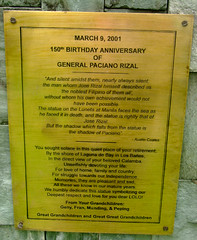 [/caption]
[/caption][caption id="" align="alignnone" width="193" caption="Paciano in his revolutionary General uniform. I find it strange why this monument was built inside the house not in the Municipio, which is, Pacing's next door neighbour. visitors are only allowed inside, upon securing permission from the caretaker."]
 [/caption]
[/caption]" And Silent amidst them, nearly always silent:
the man whom Rizal himslef described as
"the noblest Filipino of them all"
without whom his own achievement would not
have been possible
the statue on the Luneta at Manila faces the sea
of Jose Rizal
But the shadow which falls from the statue is
the shadow of Paciano"
- Austin Coates


